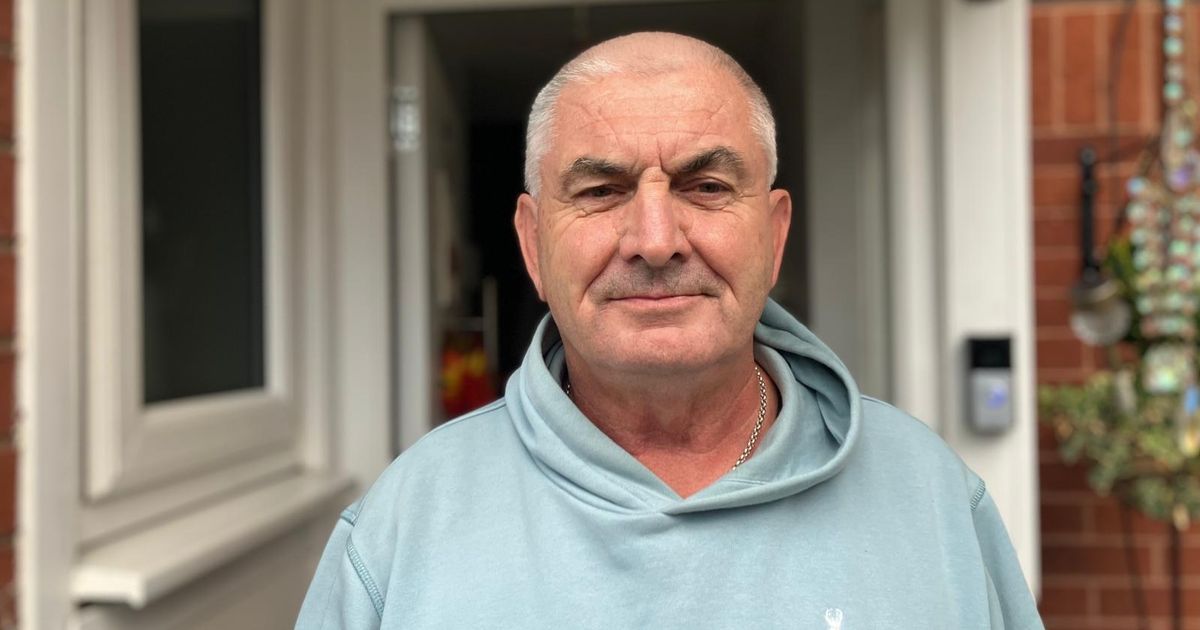Many have lived on the street for all of their life
20:28, 18 Oct 2025Updated 20:31, 18 Oct 2025
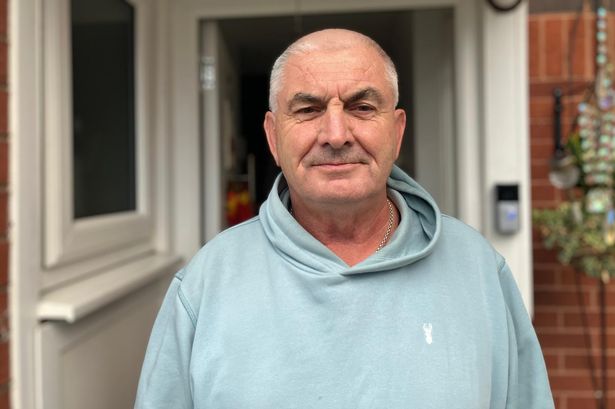 Sidney Chapman has lived in the area for all of his life(Image: Liverpool Echo)
Sidney Chapman has lived in the area for all of his life(Image: Liverpool Echo)
It is only yards away from a city centre area full of brand new apartment blocks and trendy bars, but the houses on Grafton Crescent hav remained largely unchanged in the last 40 years.
The Baltic Triangle was once characterised as struggling, with empty warehouses, lack of investment and crime and it was rumoured that the Baltic could be designated as a legal red light district. But things have turned out very differently, with creatives making use of cheap rents to pack the area with unique bars and cultural venues over the last ten to 15 years..
Now, new apartment blocks, where it can cost around £1,000 a month to rent a flat, dominate the skyline. But many on Grafton Crescent and the surrounding streets have lived there all of their life.
Victorian-era tenements used to be here before they were pulled down in the late 1970s and replaced with a sea of low-rise housing, with a lot of residents moving from the tenements to the houses.
Some feel that they have been upsides and downsides to the regeneration that has taken place since. Daniel Eagan, 30, moved to the estate in 1997 when he was a child.
He said: “It’s gentrification. It was rough and ready, there were shootings and crime. There’s far less of that now.
“But there’s no way we can live in those flats. They are for people not from Liverpool. They’re for people who believe paying £1,000 to £2,000 a month for a flat is a good deal.
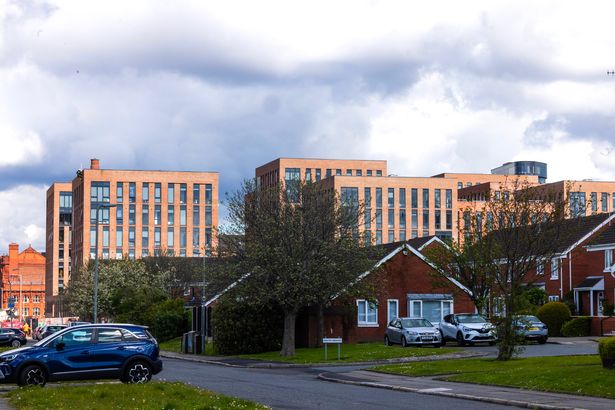 New apartment blocks tower over houses on the low-rise housing estate(Image: Liverpool Echo)
New apartment blocks tower over houses on the low-rise housing estate(Image: Liverpool Echo)
“Parking is also an issue. I’m here with my parents and sometimes I can’t park my car here because other people are here. Sometimes they park on the pedestrianised bit and people can’t get past.”
Some residents have taken to placing cones on Grafton Street to deter parking from non-residents.
Jan Walsh, 71, who also lives on the estate, enjoys living there but feels very distant from the raft of new apartment blocks and bars opening on her doorstep. She said: “It’s nice around here. But it has changed a lot. It feels separate. There are more strangers.”
But Daniel, Jan and others we spoke to agreed they still liked living in the area. Many feel having the Baltic on the doorstep is a good thing, even if they don’t go there that often.
Mary Edie, 89, said: “It’s lovely around here. It’s quiet. The neighbours are nice. We used to be in tenements and when they were getting knocked down, we formed a co-operative.
“The Baltic Triangle doesn’t bother me. It’s for the young ones. I wish I could go out there myself. The parking does get me down when I look at it. But it’s great here.”
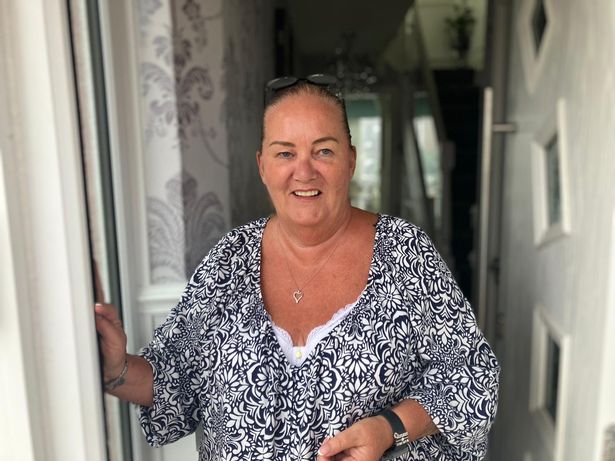 Carol Cassidy says it’s great to have “the Baltic on your doorstep”(Image: Liverpool Echo)
Carol Cassidy says it’s great to have “the Baltic on your doorstep”(Image: Liverpool Echo)
A housing co-op is a group of people who collectively manage and control their own housing. Members democratically decide on matters like rent, repairs, and who joins the co-op, often leading to more affordable and community-oriented housing. There are around 600 to 900 housing co-op’s in the UK, depending on which sources you look at.
A plaque on one of the houses marks the co-op’s founding members from 1980 to 1984. Then Prime Minister Margaret Thatcher visited the estate in 1984, on what was her first trip to the city since the Toxteth Riots three years previously.
The ECHO reported at the time: “Residents, rehoused in February from Caryl Street tenements to the scheme they pioneered themselves, knew a VIP was coming but were not told it would be Mrs Thatcher until early today.
“Mrs. Patty Pritchard said: ‘She thought the houses were lovely, and complimented us on their design and condition.
“Mrs. May Foster (71), was anxious to show the Prime Minister around her home. ‘I don’t bother much with politics in fact I don’t vote at all, but it was nice to see her here and I’m very pleased she came to look at my home. She was very polite and I was impressed by her,” said Mrs. Foster.
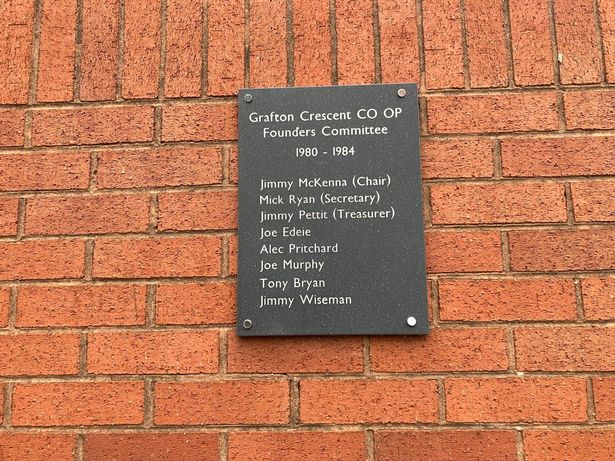 A plaque on a house in Grafton Crescent marking the founding of the housing co-operative(Image: Liverpool Echo)
A plaque on a house in Grafton Crescent marking the founding of the housing co-operative(Image: Liverpool Echo)
“Mrs Thatcher’s verdict on the house: ‘It just shows what can be done with a certain amount of money.’”
Back in the present, Carol Cassidy, 63, is a big fan of how the houses are run and the street generally. She said: “It’s lovely. It’s great having the Baltic on your doorstep.
“We’re actually run by a co-operative. It means we don’t own the houses, but every year we get new things – new doors, new windows, things like that.”
Sidney Chapman, 68, doesn’t visit the Baltic Triangle often but has no plans to leave anytime soon. When asked if he liked living here, he said: “I’m 68 – that tells you everything you need to know.
“It is a shame about the tower blocks. When I was on my way to school as a kid, you used to be able to see if you were on time or not by looking at the clock on Liver Buildings.
“You can’t do that now as the tower blocks have blocked the view. But it’s quiet around here. I like it.”
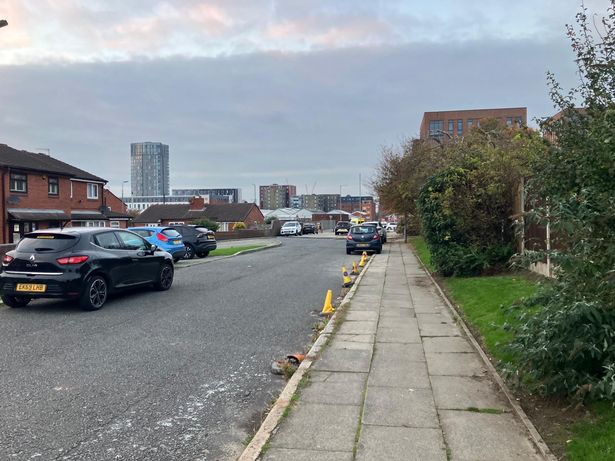 Parking by non-residents on the estate was raised as an issue(Image: Liverpool Echo)
Parking by non-residents on the estate was raised as an issue(Image: Liverpool Echo)
When the ECHO approached Liverpool City Council for a response about the parking issues on the estate, a spokesperson said: “Unless parking restrictions are in place, all drivers are able to park on residential roads provided the vehicle is taxed, has an MOT and is insured. We do appreciate residents’ concerns about anti-social parking.
“Parking on the pavement can cause significant issues for pedestrians, particularly those who are partially sighted or blind, as well as people using prams and wheelchairs.
“It is important that cars are parked safely in a way that is mindful of all road users. If residents are experiencing vehicles obstructing their driveways or problem parking, more information is available at liverpool.gov.uk/parking-roads-and-travel/parking-outside-your-home.”
